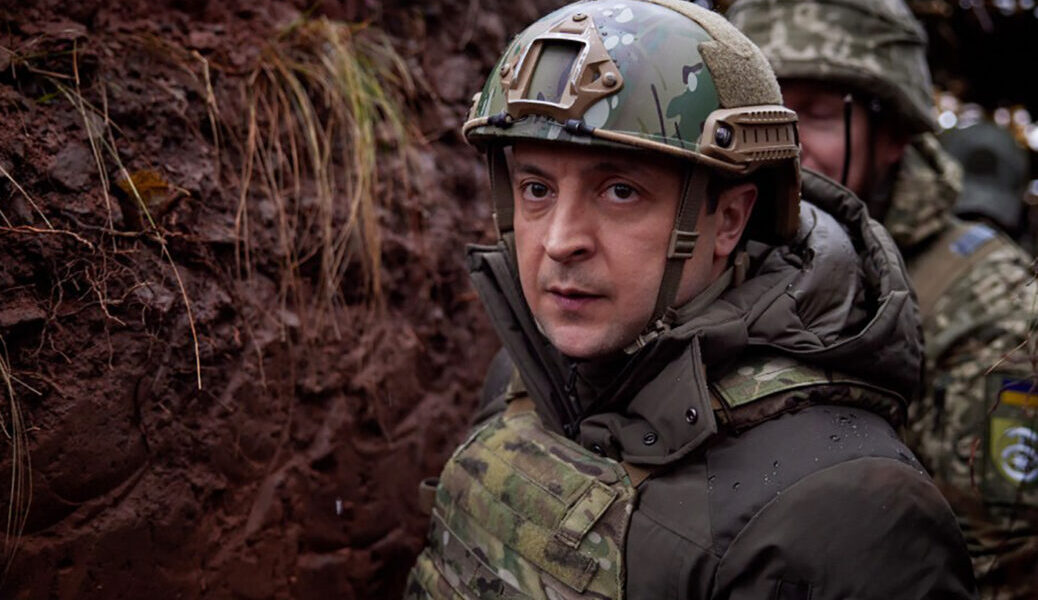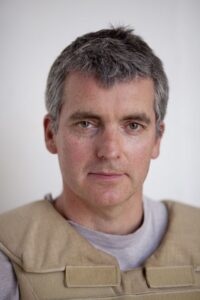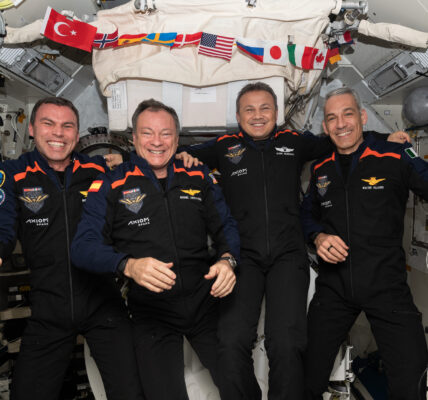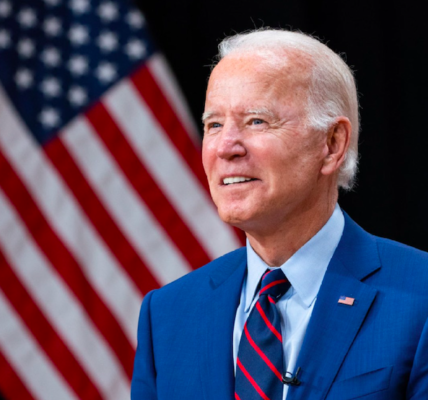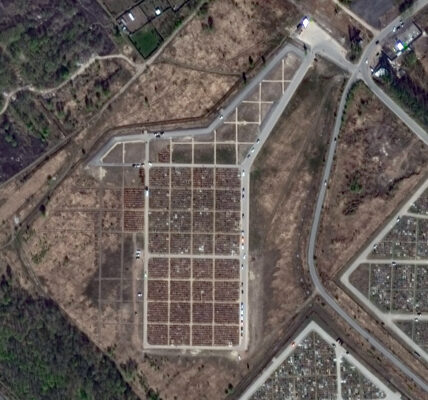Ukraine is in a race against time as Russia prepares for a spring offensive
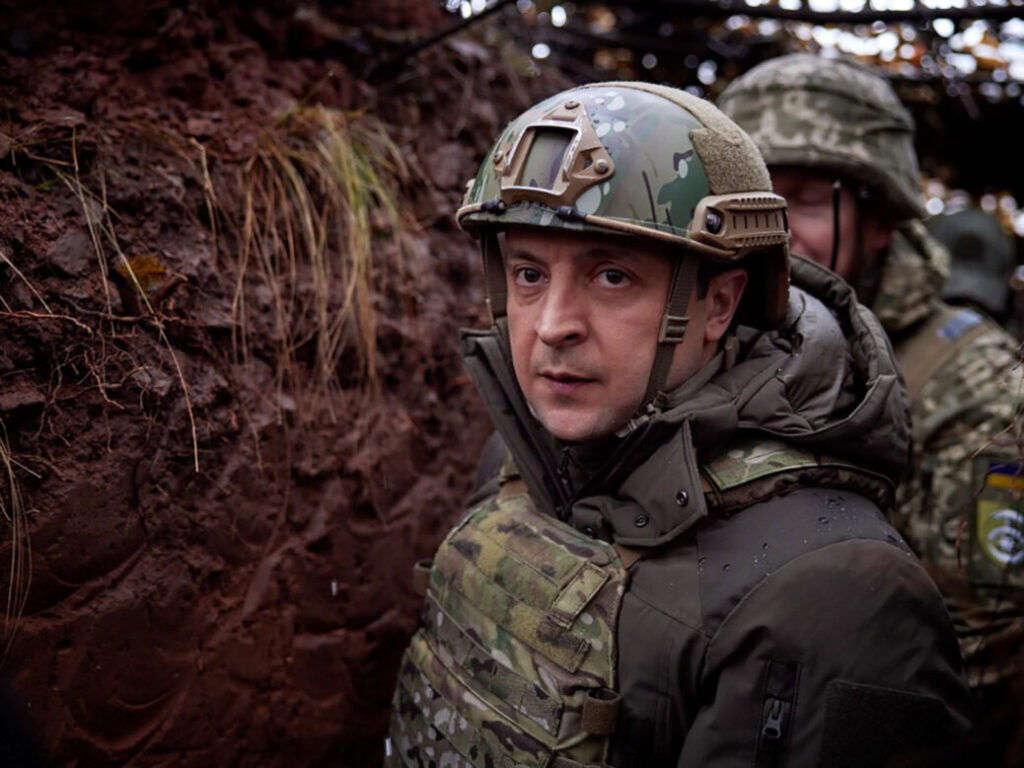
Ukrainian troops are in a race against time to reinforce their defences against a mass Russian advance which could shatter 620 mile front line.
The disclosure follows a new recruitment drive by Moscow to replenish the ranks of the depleted Russian army which has sustained an estimated 300,000 casualties in the two-year long war,
British military analysts believe President Vladimir Putin has ordered his defence chiefs to prepare for a major offensive against Ukraine next month when the spring temperatures dry out the muddy terrain.
There are growing concerns that Kyiv’s ammunition stockpile is dangerously low, without enough being provided by European powers while Republicans in the US block a $61 billion aid package in Congress.
Sources on X have reported “intensified movement” of Russian military equipment and personnel in Luhansk province, eastern Ukraine.
Tanks, armoured personnel carriers, fuel bowsers and Ural lorries are reported to be massing.
The build-up of weapons and ammunition in “very significant quantities” points to “preparation for another attempt to change the line”, said military analyst Sam Cranny-Evans, of the RUSI think tank.
“The big difference now written large is that air defence and fire superiority have shifted in Russia’s favour,” he added.
Russia has also adapted a mass fire tactic that includes the innovation of glide bombs, in which they have essentially put fins on a 750kg “dumb” bomb that is launched by aircraft from a distance but strikes with reasonable accuracy.
Russian glide bomb
Ukrainian strong points in the city of Avdiivka became unsustainable once hit by a series of glide bombs, followed up by heavy artillery fire and frontal infantry assaults that took the city last month, albeit with claims of 17,000 Russian dead.
Without calling a general mobilisation, Russian President Vladimir Putin has been able to generate a steady flow of 300,000 soldiers a year, along with enough tanks and artillery rounds to last until 2025.
However, the deputy head of the Russian defence ministry’s mobilisation department, Rear Admiral Vladimir Tsimlyansky, announced last week that the spring draft will be held from April 1st.
He said: “Conscripts will not be sent to the armed forces’ deployment points in the new regions of Russia – the Donetsk and Lugansk People’s Republics, Kherson and Zaporozhzhia regions – or (be sent) to perform tasks of the special military operation.”
Russian men aged between 18 and 30 are eligible to be called up after lawmakers increased the upper age limit from 27 last year.
By contrast Ukraine is struggling to fill its ranks, with legislation on increasing conscription stalled by political bickering.
As the law stands no one under 27 can be called up, which was why Ukraine’s former military chief, Gen Valery Zaluzhny, called for a mobilisation of 500,000 troops.
“Mobilisation in Ukraine has become such a hot topic because they need enough personnel to respond to the Russian mass,” said Mr Cranny-Evans.
Russia is likely to use its spring offensive to press forward at multiple points along the front line, ready to exploit any vulnerabilities.
“There is a chance that cumulative pressure could collapse part of the Ukrainian front line, exploited by a Russian breakthrough,” said retired Brig Ben Barry of the International Institute for Strategic Studies think tank.
In the opinion of Col Hamish de Bretton-Gordon, a former British army tank commander, the Kremlin would not hesitate for its troops to be “slaughtered in their thousands” to make a significant breach.
“They could make big inroads but take an absolute hammering, and I expect Putin would trade 50,000 deaths for a 100-mile intrusion into Ukraine,” he said.
Despite the delays, the US Congress could pass a substantial military package early next month that might arrive just in time to re-arm the Ukrainians.
Every day that passes also means that Kyiv can strengthen the defences along the front line, planting more mines and tank traps while digging deeper strongholds.
By June the first squadron of US-made F-16 fighters will be commissioned into the Ukrainian air force, presenting a threat to Russia’s air dominance.

